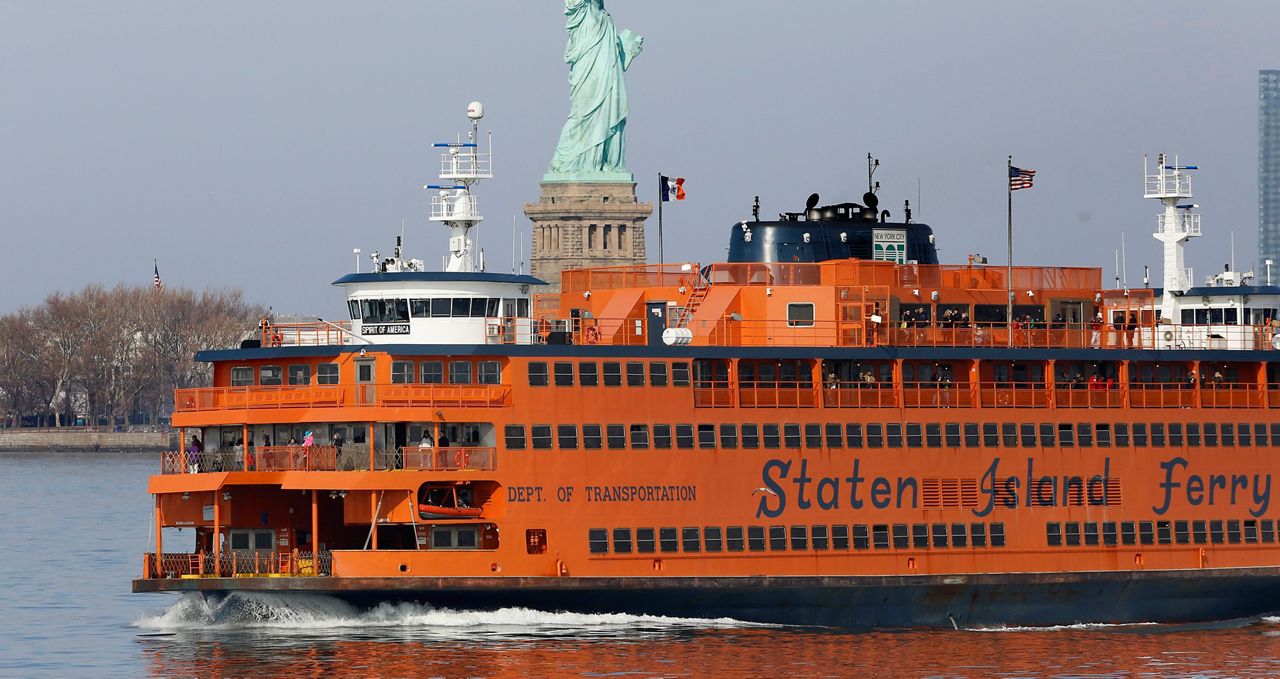On the roof of 111 Fourth Ave. in Manhattan, workers have been busy bringing the century-old building up to date.
The old boiler will soon be decommissioned so the building can run mostly on electricity.
“Complete modernization, from a system that was probably originally conceived and implemented in the 1960s, to something that is really cutting edge today,” said Eric Einstein, president of the building's board.
What You Need To Know
- Thousands of buildings will be required to reduce their greenhouse gas emissions as the city tries to reduce its reliance on fossil fuels, aiming to drastically cut carbon emissions by 2050
- Old boilers are being discarded in favor of electrical heat pumps
- "We have to stop burning things," said Paul Reale, director of CUNY's Building Performance Lab
A dozen blocks north, at 240 E. 24th St., a similar scene can be found: crews finishing the installation of new technology to keep apartments cool in the summer and warm in the winter.
“These are outside units that are part of a heat pump system that is providing heating and air conditioning to each apartment in this building,” said Joseph Novella, partner at VRF Solutions.
With all these energy-efficiency updates, these buildings will dramatically reduce or end altogether their reliance on fossil fuels — and will be complying with an upcoming law.
“Local Law 97 puts carbon caps on buildings so that they can only emit a certain amount, and if you go beyond that you will be penalized,” said Paul Reale, director of CUNY's Building Performance Lab.
Starting next year, the landmark climate change legislation passed in 2019 will force energy renovations to about 50,000 buildings, accounting for 30% of the city’s greenhouse gas emissions. Organizations like the Urban Green Council have spent years promoting building electrification.
“It can feel overwhelming, I think that it’s a tough law, but it’s doable,” said Danielle Manley, director of policy at Urban Green Council.
Lack of compliance with Local Law 97 could have cost one of the buildings $22,000 in annual penalties before the end of the decade — and double that in the 2030s.
Classic New York City apartment features will soon be a thing of the past.
“The system that we have in place currently is a steam radiator as well as a window air conditioning unit. We also derive some heat directly out of the riser which it runs through every apartment. Both of these systems are going to be replaced by this one unit, providing heating, cooling, dehumidification and air filtration,” said Tom Esposito, president of VRF Solutions.
By focusing on buildings over 25,000 square feet, Local Law 97 aims to reduce carbon emissions by 40% by 2030 and 80% by 2050.
“We have to stop burning things. To some degree, there can be a little bit of burning and some offsets and things like that, but for the most part the overarching strategy is stop burning or reduce the amount of burning that you are doing, make your buildings a lot more energy efficient, and then ultimately I think a significant stock here in New York City is going to electrify their heating,” Reale said.
But despite some available grants and rebates, updating the required infrastructure won’t come cheap. Some real estate owners are pushing the Adams administration to be more lenient with emission limits and potential penalties, causing concern among climate advocates.
The city is currently drafting the rules that will determine how the law is properly enforced.









